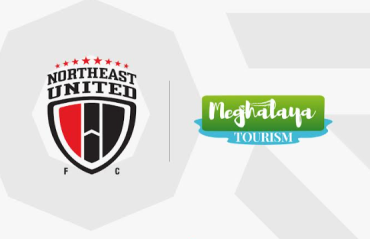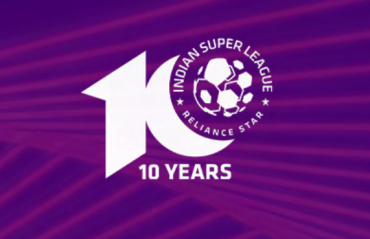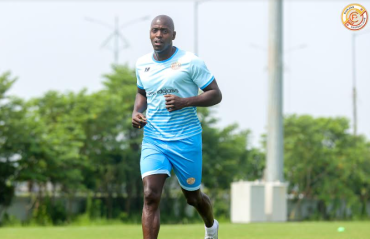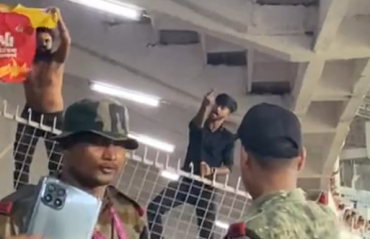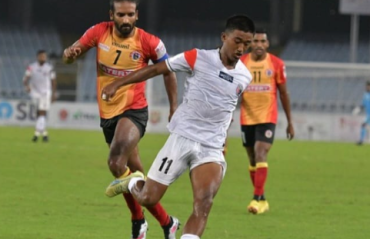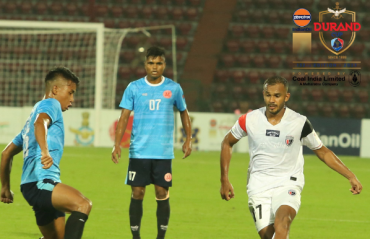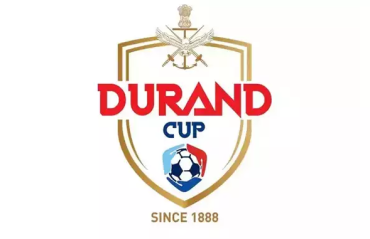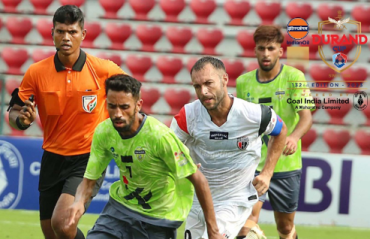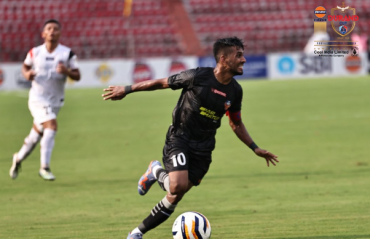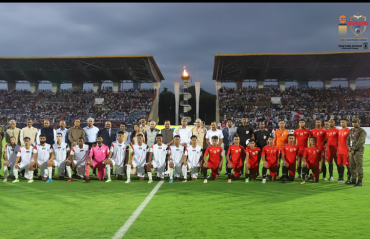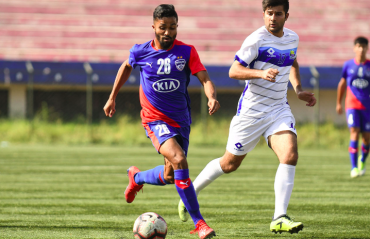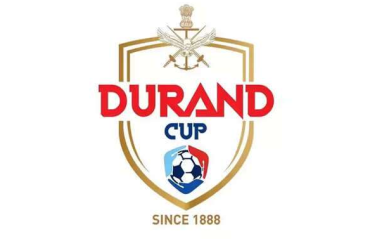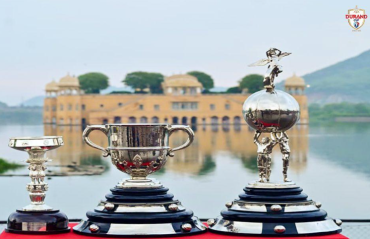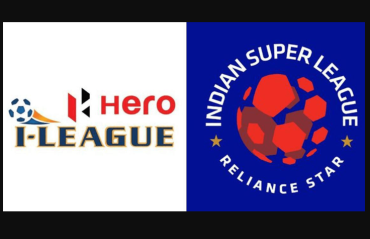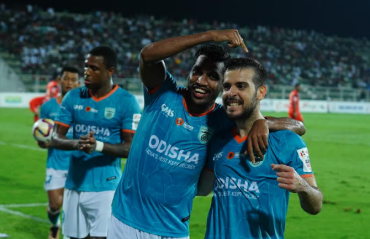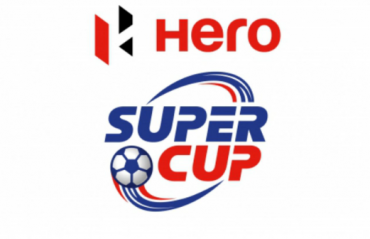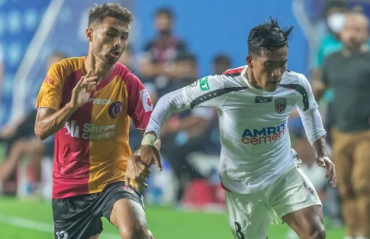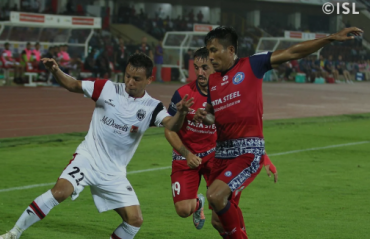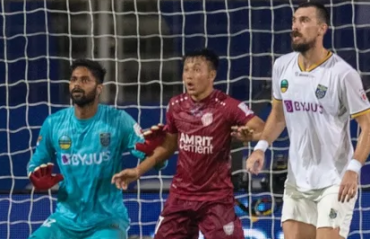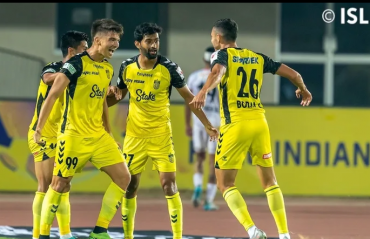FAN QUOTIENT: For NorthEast United, it is an enviable power of eight
WHEN THE JOHN ABRAHAM-LED COALITION set up the Guwahati-based Indian Super League franchise, they sought to project it as not just representative of a city, but of the entire region of North-East India. The team was named accordingly: NorthEast United; the only ISL franchise not to have its home city in its name. The approach raised some eyebrows and a lot of people were skeptic of such a blanket claim. ISL was a new tournament, nobody knew what kind of impact it would have, and not keeping a firm focus on your home city was considered to be a risk.
But as 13th October rolled in and the Indira Gandhi Athletic Stadium in Guwahati was filled to the brink with thousands of vocal fans dressed in the team's colours, it was clear that the franchise owners had played their cards right. The city of Guwahati had embraced this new team as its own, with a fierce show of loyalty.
Picture 1: The home crowd was immense as always! They spurred the team on from the first minute to the last! #NEUtdFC pic.twitter.com/IsZqGWLFS3
— NorthEast United FC (@NEUtdFC) November 28, 2014
Football as a sport has always been popular in the North-East states. Barring Assam, its popularity probably exceeds that of cricket in the rest of the region. From Dr Talimeran Ao to Baichung Bhutia, some of India's most prominent footballers have come from this part of the country. In recent years the I-League has witnessed the emergence of clubs Shillong (Shillong Lajong, Royal Wahingdoh, Rangdajied United) and Gangtok (United Sikkim). Mizoram, too, has made its presence felt by winning the Santosh Trophy and with the booming popularity of its local tournament, Mizoram Premier League. The 2nd Division League last season saw two Mizo clubs, Aizawl FC and Chanmari FC, compete for the title, with Aizawl FC eventually coming through and qualifying for the I-League. But what was significant was that all these clubs claimed the loyalties of their own states and cities. No sports team ever evoked the sense of brotherhood and union between the North-East states before NEUFC came along. And the fans responded to it in masses.
We are the 8, We are UNITED! #NEU pic.twitter.com/shl0S35IYa
— NorthEast United FC (@NEUtdFC) December 4, 2014
It gave NorthEast United a unique standing among all franchises. While other ISL teams had managed to build their own fan followings with various levels of success, none of them had succeeded in tapping into such an important social reality of the city they represented. The city of Guwahati, a melting pot of people from all over the North-East as well as "mainland" India, was the perfect place to house a team that carried the spirit of all the region. This found a fitting reflection in the crowd that filled the Indira Gandhi Athletic Stadium; people from different tribles, brought up in vastly different cultures and speaking different languages were all singing and chanting for the same team.
The tremendous response was not limited to the home ground. Hundreds, even thousands of supporters clad in NEUFC colours showed up in the away games, easily making the John Abraham co-owned franchise the best supported team on the road in the ISL. People from the North-Eastern states who lived in different parts of the country took the team as a symbol of the home they were living so far away from, and rallied behind it in spite of the team suffering on-field.
The team was greeted by the #Highlanders as they arrived in Goa! Thanks for being the loudest, most supportive fans! pic.twitter.com/WNHiMgG00R
— NorthEast United FC (@NEUtdFC) November 29, 2014
In the end, NorthEast United managed to win only 3 of their 14 matches and finished at the bottom of the table. But through the duration of the tournament the support for the team remained unflinchingly solid. Although in terms of seating capacity NEUFC had the sixth largest stadium, their average home attendance was third highest in ISL, clocking at an enviable 28,614 per match.
“It has been a wonderful tournament & a very intense one. We want a win to send the fans home with a smile.” #NEUtdFC pic.twitter.com/BMKzEXDTrP
— NorthEast United FC (@NEUtdFC) December 10, 2014
One of the less pleasant realities of India is the socio-political marginalization of the North-Eastern states. This reflects in the country's sporting arena as well. Even though the region has produced some of the country's best athletes, the North-Eastern identity has hardly ever found a platform in a major sporting event. Gala tournaments like IPL, HIL, PKL and IBL feature no teams and few players from the region. Football clubs from the region have made themselves known at the top division but the truth is that I-League never got to take the national primetime limelight like ISL. That's what makes NorthEast United and their diverse throngs of fans so special; they represent an identity, a message of togetherness in a land stricken with much strife.
#Highlanders! Complete this for us, We are UNITED, We are ............. #NEUtdFC pic.twitter.com/06vDZcy4Md
— NorthEast United FC (@NEUtdFC) December 19, 2014
There's little doubt that last season's collective euphoria around NEUFC will carry forward into the 2nd edition of ISL. Fan communities on various social media platforms have remained active throughout the year and have grown significantly in numbers. It will be interesting to see what kind of impact this has on the stadium attendance. The India Gandhi Athletic Stadium is already scheduled to be refurbished as it gears up to host the FIFA U-17 World Cup in 2017, and part of the credit goes to NEUFC's home crowd. Any significant increase in the footfalls achieved by NorthEast United this season might just push the authorities to include an extra few thousand seats in the plans.
Which of our games are you looking forward to the most? #NEUFC #8States1United #Highlanders #HeroISL pic.twitter.com/Ilz9dMxl9J
— NorthEast United FC (@NEUtdFC) May 30, 2015









